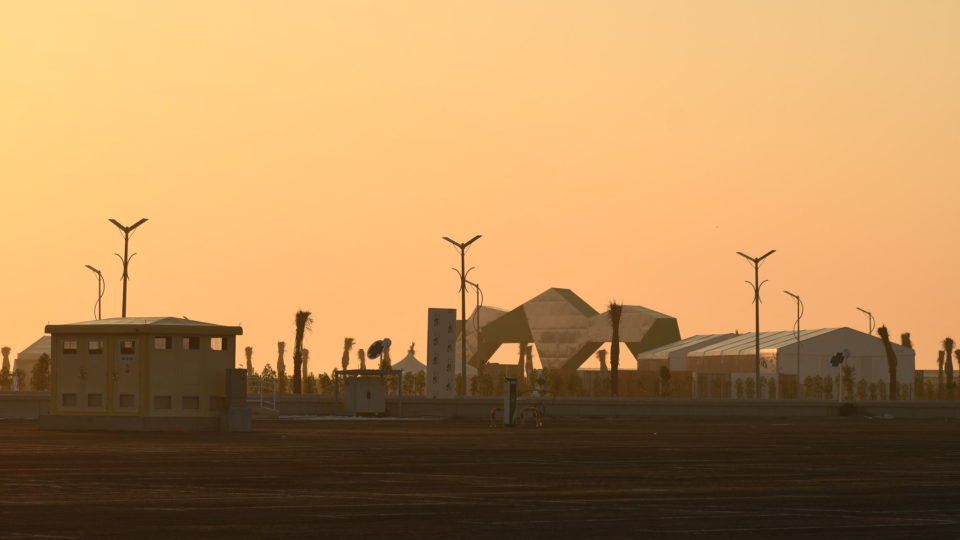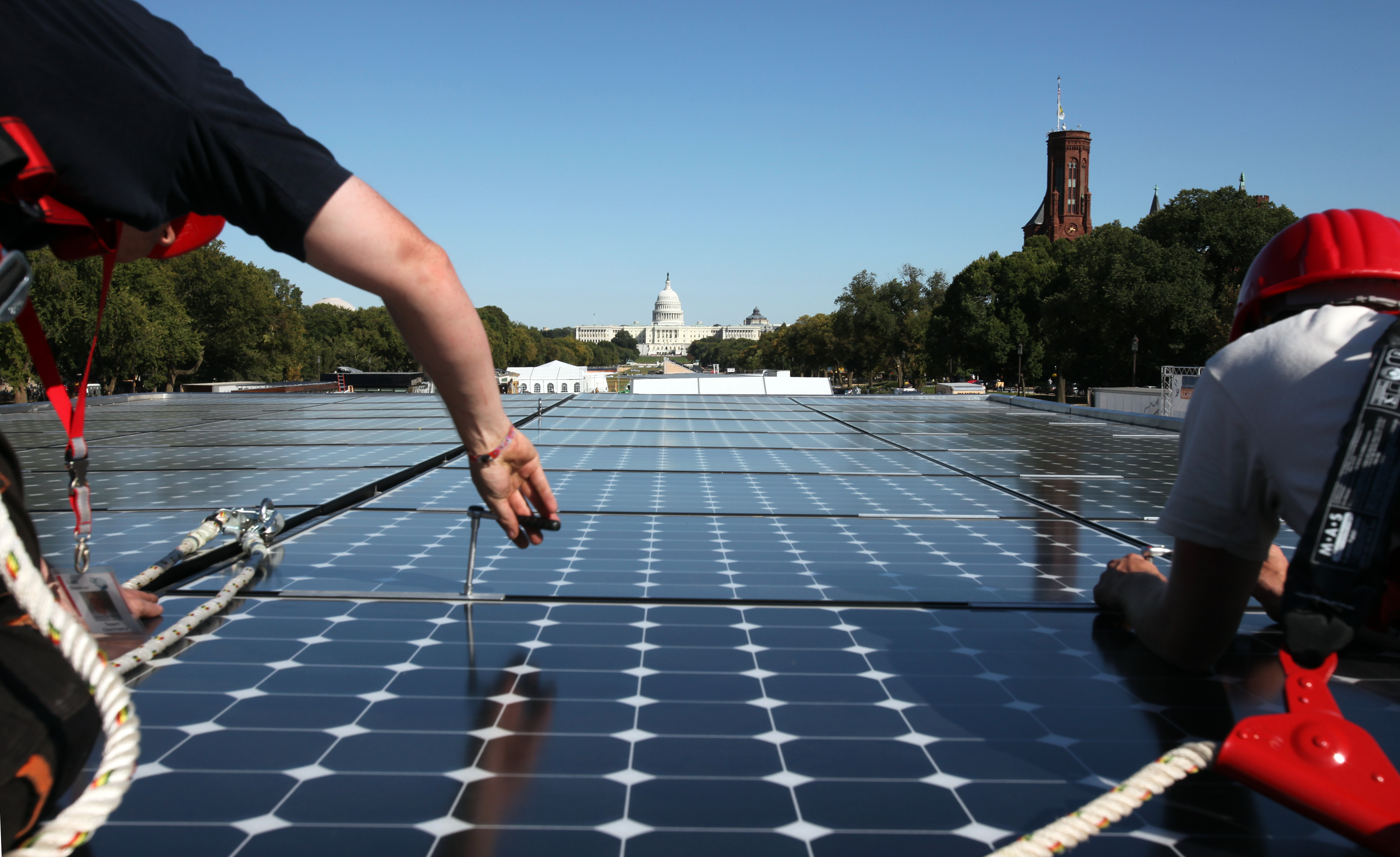Like many places in the Middle East, Dubai made its fortune from oil. But the Emirate’s oil resources are limited, and its economy has evolved in other directions. Today, oil provides less than 5% of Dubai’s revenues; its economy relies on revenues from trade, tourism, aviation, real estate, and financial services.
Dubai is also away from fossil fuels to meet its energy needs. A monumental construction project is underway deep within Dubai’s desert interior which will be the largest solar energy facility in the world.
The Mohammed Bin Rashid Al Maktoum Solar Park – named after Dubai’s ruler – has been under development for 7 years. Total investment in the project will be nearly $14 billion when it is completed in 2030. It will have a total capacity of 5,000 megawatts, enough to power 1.3 million homes. Only some large hydroelectric power plants, the largest nuclear power plants, and a couple of Asian coal plants have more generating capacity.
Phases one and two of the project are already complete and feature more than 2 million solar panels. Phase three – well along the way in construction – will add another 3 million solar panels and should be completed next year.
Phase four will not involve solar panels but instead will make use of the world’s tallest concentrated solar power tower. It will use mirrors to focus sunlight at the top of the tower to heat up molten salt that will power steam turbines to generate electricity and will be able to operate long after the sun goes down.
Currently, the Tengger Desert Solar Park in China is the largest photovoltaic park in the world, but a colossal farm in India will take its place in a few years. Big solar is getting bigger all the time.
**********
Web Links
$13.6B record-breaking solar park rises from Dubai desert
Photo, posted December 15, 2018, courtesy of Anoop S. via Flickr.
Earth Wise is a production of WAMC Northeast Public Radio.

